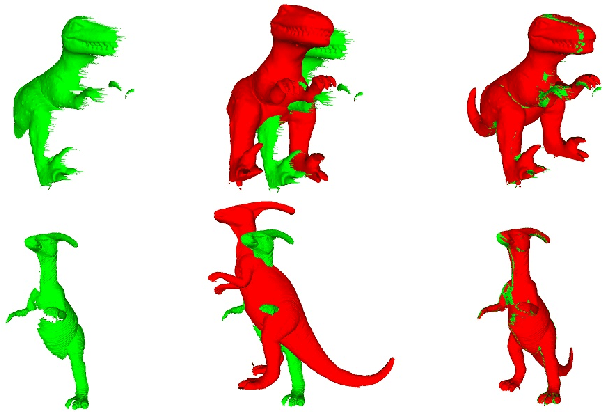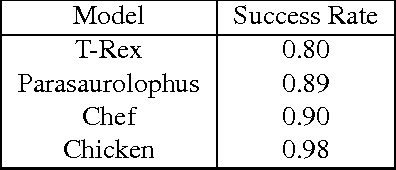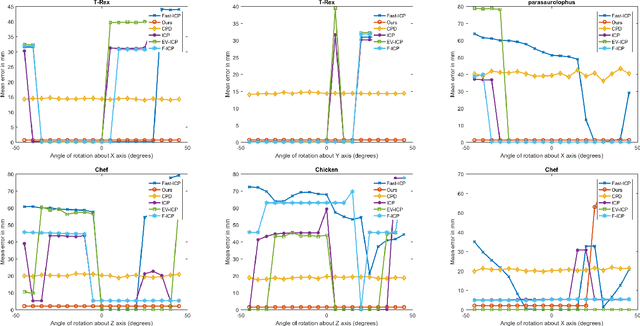Abhishek Kolagunda
MICIK: MIning Cross-Layer Inherent Similarity Knowledge for Deep Model Compression
Feb 03, 2019



Abstract:State-of-the-art deep model compression methods exploit the low-rank approximation and sparsity pruning to remove redundant parameters from a learned hidden layer. However, they process each hidden layer individually while neglecting the common components across layers, and thus are not able to fully exploit the potential redundancy space for compression. To solve the above problem and enable further compression of a model, removing the cross-layer redundancy and mining the layer-wise inheritance knowledge is necessary. In this paper, we introduce a holistic model compression framework, namely MIning Cross-layer Inherent similarity Knowledge (MICIK), to fully excavate the potential redundancy space. The proposed MICIK framework simultaneously, (1) learns the common and unique weight components across deep neural network layers to increase compression rate; (2) preserves the inherent similarity knowledge of nearby layers and distant layers to minimize the accuracy loss and (3) can be complementary to other existing compression techniques such as knowledge distillation. Extensive experiments on large-scale convolutional neural networks demonstrate that MICIK is superior over state-of-the-art model compression approaches with 16X parameter reduction on VGG-16 and 6X on GoogLeNet, all without accuracy loss.
Robust Shape Registration using Fuzzy Correspondences
Feb 18, 2017



Abstract:Shape registration is the process of aligning one 3D model to another. Most previous methods to align shapes with no known correspondences attempt to solve for both the transformation and correspondences iteratively. We present a shape registration approach that solves for the transformation using fuzzy correspondences to maximize the overlap between the given shape and the target shape. A coarse to fine approach with Levenberg-Marquardt method is used for optimization. Real and synthetic experiments show our approach is robust and outperforms other state of the art methods when point clouds are noisy, sparse, and have non-uniform density. Experiments show our method is more robust to initialization and can handle larger scale changes and rotation than other methods. We also show that the approach can be used for 2D-3D alignment via ray-point alignment.
 Add to Chrome
Add to Chrome Add to Firefox
Add to Firefox Add to Edge
Add to Edge